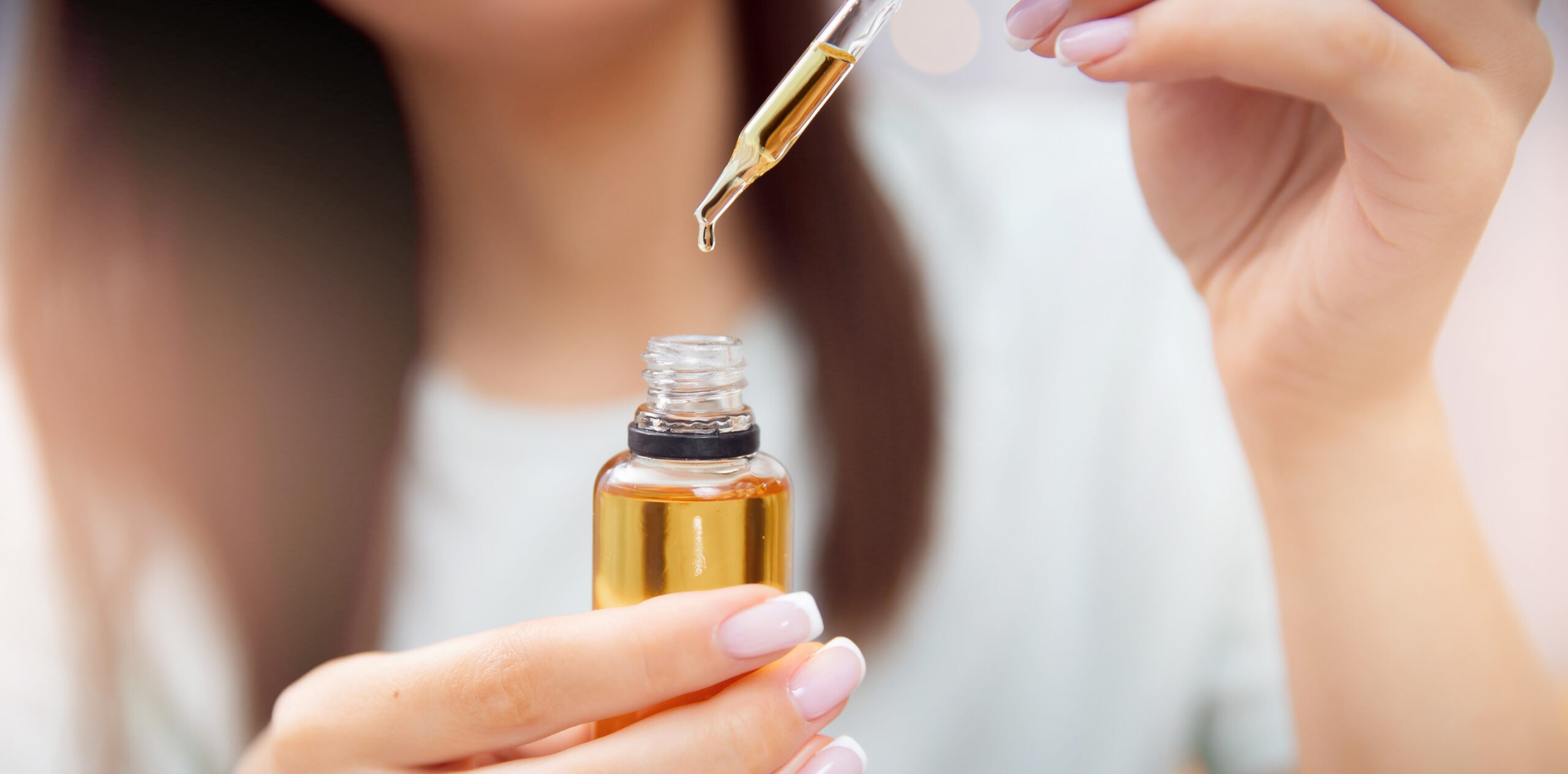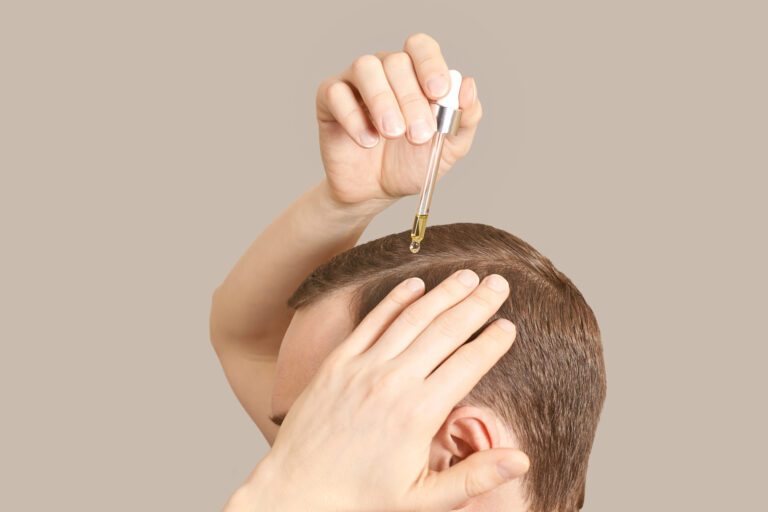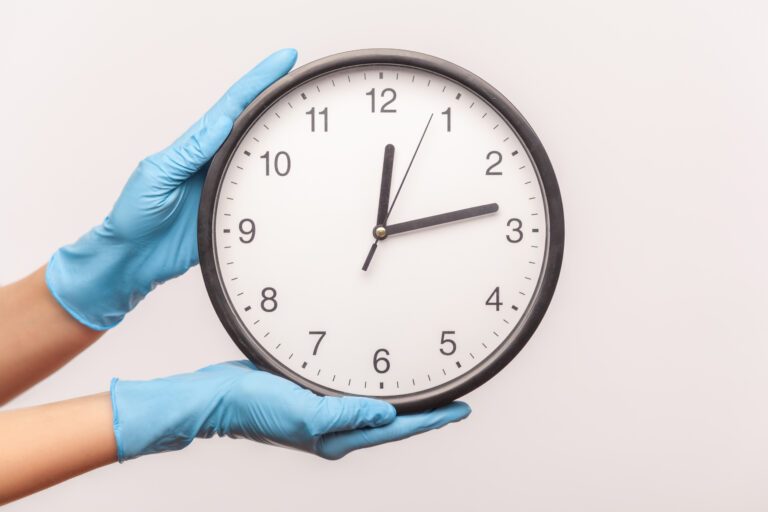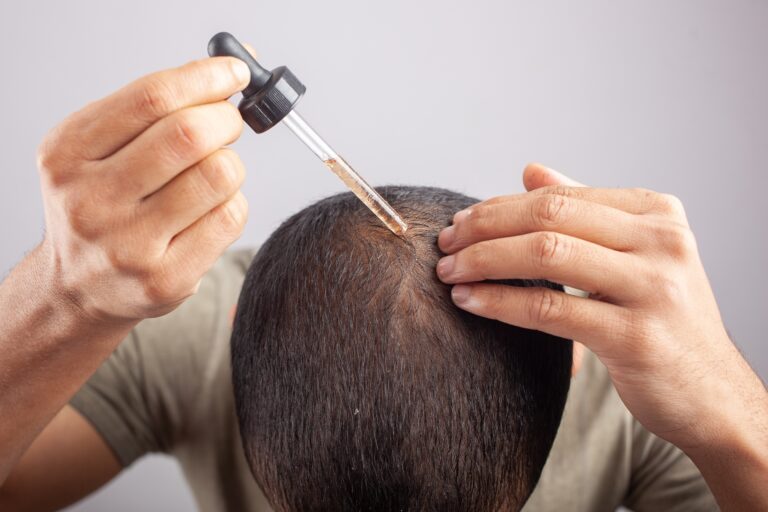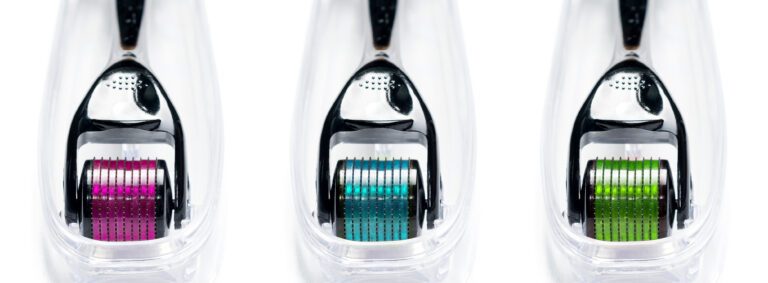How To Apply Minoxidil Effectively To All Hair Types
You may have heard how Minoxidil is commonly used in treating hair loss/thinning. If you’ve already set your sights on using it, you’d be curious about how to apply minoxidil effectively to all hair types.
Minoxidil is a medical formula for countering hair loss and thinning of the scalp. It’s now highly accessible as an over-the-counter topical treatment, sold as foam, solution, or spray.
As for how to use minoxidil, how often to use it, how to lather specific hair types and areas, how long until the desired effects take place, and how it affects some health conditions — don’t worry as we’ll explain it all in this guide!
Understanding The Three Regions of The Scalp
Before we get into the specifics of minoxidil, this section is for those unfamiliar with pinpointing which areas of your head correspond to each scalp region. This knowledge will help for consulting your specialist before using the product.
For those interested in a scalp diagram to follow, the famed online hair care brand Keeps released a visual introduction on this topic.
Frontal
Also commonly referred to as “forelock/central forelock,” this area consists of your facial hairline (where you would have your “bangs”) and the hair surrounding the temples (like sideburns).
When experiencing hair loss, specifically male pattern baldness, this is where the “receding hairline” points to.
Mid-Scalp
Imagine a 1.5-2 inch line from the hair around your ears and temples, rising toward the middle of your scalp.
That line will trace this region. You’re unlikely to lose hair from this area unless at the late stages of male pattern baldness.
Crown
Alternatively called the “vertex,” this is probably the most brought-up region when speaking of hair loss—as it’s supposed to be the densest, and something’s wrong if it isn’t.
This area starts around the top-most point of your scalp—a spiral where your hair roots circumvent, going down to the nape with all the hair from the backside of your head.
What Minoxidil Does to Your Scalp
According to the initial findings of the National Center for Biotechnology Information (NCBI), topical minoxidil mainly affects the scalp by stimulating the hair follicles with heightened blood circulation. Its use leads to faster and longer hair growth, slowing the follicle aging process and preventing hair fall in the long run.
An important note, however: it will take considerable time and continuous application for the desired results to show (4 weeks to 6 months of usage), and hair growth will become dependent on the chemical.
If you stop using minoxidil for a considerable time (an average of 2 months), hair loss will reoccur.
In the same findings, taking baby aspirin can reduce the effectiveness of topical minoxidil. Some possible side effects of minoxidil include:
- Skin irritation (discomfort, itch, and burning sensation)
- Dry scalp (scaling and flaking)
- Hypertrichosis or excessive hair growth (more common if ingested orally)
Minoxidil isn’t recommended for pregnant and breastfeeding women, as it can be excreted through breast milk and cause adverse effects for infants.
Patients with sensitive skin conditions, such as eczema or psoriasis, are advised to get a prescription from their dermatologist before using minoxidil.
This chemical will work with relative safety for all hair types, but color-treated hair might be more prone to irritation when compared to natural hair.
Before trying out the product, you may discuss its details with your healthcare provider for further guidance about minoxidil’s medical implications.
Applying Each Form of Minoxidil
Earlier, we mentioned the three forms of minoxidil commonly found in markets and pharmaceuticals.
You can easily apply each form like how it goes with essential oils and conditioners. Coming from Mayo Clinic-Arizona’s library documentation, here are the steps to each topical application method—followed by some general notes after use.
How To Use Minoxidil Foam
- Dry your hair completely, then gently part the strands around the target area to let the foam reach the scalp region.
- Turn the bottle upside down, and press the nozzle to squeeze a capful on your fingers.
- Gently rub the foam on your fingers to the scalp region experiencing hair loss. We highly recommend massaging the scalp with your fingers—this will help the scalp absorb the chemical sooner (as the foam will continue bubbling on the scalp surface, unlike the other two forms of minoxidil).
- Wash your hands afterward to rid of the excess minoxidil.
How To Use Minoxidil Solution
- Dry your hair before application.
- Fill the liquid dropper with the minoxidil solution until the 1 mL mark. This amount is equal to one dose.
- Apply the dose to the scalp regions starting from the crown. You can part your hair into 5-6 lines, apply one drop for each line, and rub it on the surface. This method ensures that you cover all the regions evenly.
- Wash your hands after application.
How To Apply Minoxidil Spray
- Dry your hair before application, and part your hair gently to reveal the scalp.
- Point the canister on the areas of focus, and press the nozzle to spray. Be careful not to get any droplets on unwanted skin surfaces.
- Rub the chemical on your scalp with your fingers.
- Wash your hands after application.
General Notes
- After application, avoid getting your hair wet for at least 4 hours. Let the chemical dry for full efficacy, then rinse thoroughly.
- The use of soft silicone round brushes for combing and massaging around the scalp areas isn’t needed but can help with time and scalp area coverage.
- Store your minoxidil away from excessive heat and moisture. You can place your bottles in your bedroom drawers or bathroom cabinets for easy access.
- You can also set up reminders with physical sticky notes/phone alarms—so you won’t forget to use them before preparing for your day and before going to sleep.
- Instead of rubbing the chemical into your scalp with your hands and fingers, an alternative method is to use gloves/cotton buds/a small cosmetic brush.
Application For Specific Hair Types
The previous parts focused on applying minoxidil across the mid-scalp and crown, especially for hair loss. However, what about if you’re thinking about supplementing your long hair, ensuring your hairline doesn’t recede, or growing a fancy beard? This section’s for you!
How To Apply Minoxidil To Long Hair
Any form of minoxidil can be applied for long hair, whether you’re looking to maintain your luscious locks or suffering from unbalanced hair length to density. Simply follow the steps based on each form, with added consideration on the scalp region you’re interested in growing further.
Brands that use actuator pumps (airless pump bottles with longer/retractable nozzles) are better at accurately directing the chemical on the targeted scalp regions after parting away the strands (most commonly on the crown and temples).
How To Apply Minoxidil To Hairline
We highly recommend the use of a minoxidil solution with a liquid dropper for this area. Since you’ll need to apply small amounts above the forehead, ears, and around the temples, we suggest using cotton buds/small cosmetic brushes to minimize spills and stains.
How To Apply Minoxidil For Beard
Minoxidil is still acceptable for growing facial hair but will require more effort (3-16 months according to a study by Wimpole Clinic in UK). The chemical’s efficacy is decreased because of the different skin and hair follicle qualities between one’s face and head scalp.
While some patients were able to make it work alongside microneedle rolling brushes, some experts from Brooklyn, New York were interviewed by Byrdie NY—and they prescribed the use of castor oil, biotin(Vitamin B7), and folate(Vitamin B9) supplements as alternatives.
If you’re still adamant about using minoxidil for your stache’ and beard, foam and spray forms along with the use of gloves should be the easiest, with the microneedle rolling brush being optional. Afterward, dry your lip and chin areas to prevent droplets from causing unwanted stains.
Frequently Asked Questions
How Much Minoxidil To Use?
Based on the generic medical info from Monthly Index of Medical Specialties (MIMS), the most common treatment requires a maximum of two applications of minoxidil daily, 1 milliliter (mL) for each dose. We discourage additional usage as they won’t help improve the rate of hair growth and may cause side effects.
Can You Leave Minoxidil On Overnight?
You can leave minoxidil overnight, but doing so will often cause temporary irritation/itching. The chemical can also stain fabric items such as clothes and bed linen, so make sure to let your hair dry after application before getting your scalp close to them.
What If I Accidentally Apply Minoxidil On Other Parts of My Body?
Minoxidil is for hair growth on the scalp and facial hair. If you accidentally apply it on unwanted skin areas, eyes, or other sensitive body parts, rinse it thoroughly with water. If irritation or unexpected sensations occur, it’s best to consult your healthcare provider/s.
Conclusion
Minoxidil helps out with any hair loss/maintenance and must be used twice daily for maximum effect. You can choose which topical form to use based on the scalp regions that need it most, and the ease of application.
Once more, please consult your healthcare provider or dermatologist before trying out the product—to ensure that you’ll have the best results with the least chances of unwanted effects.

